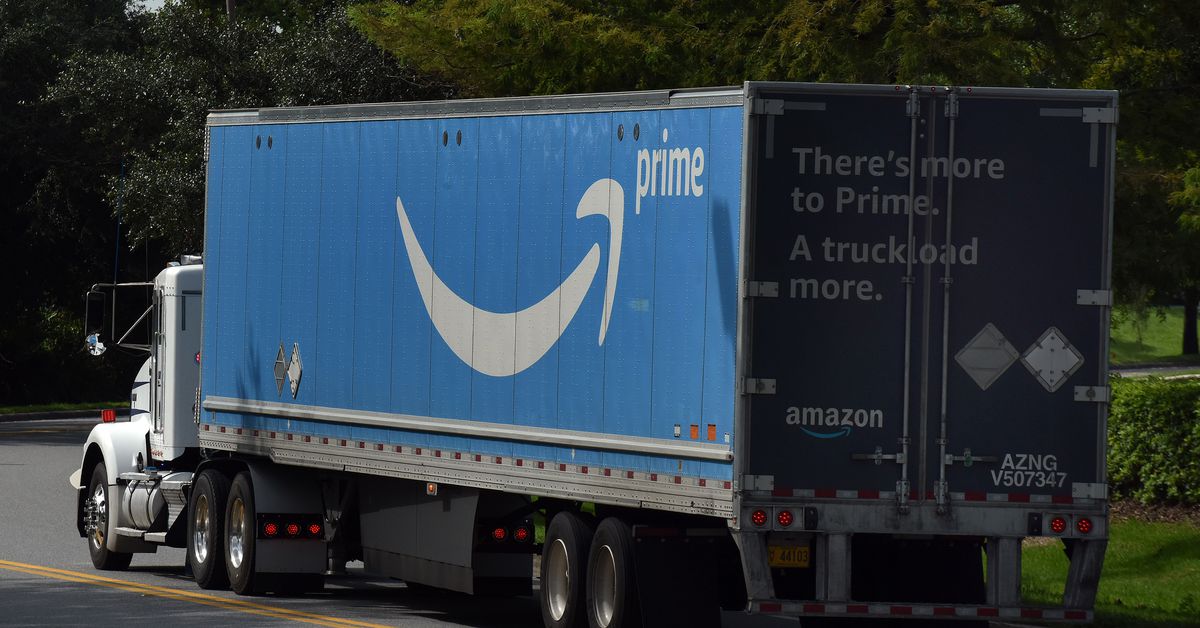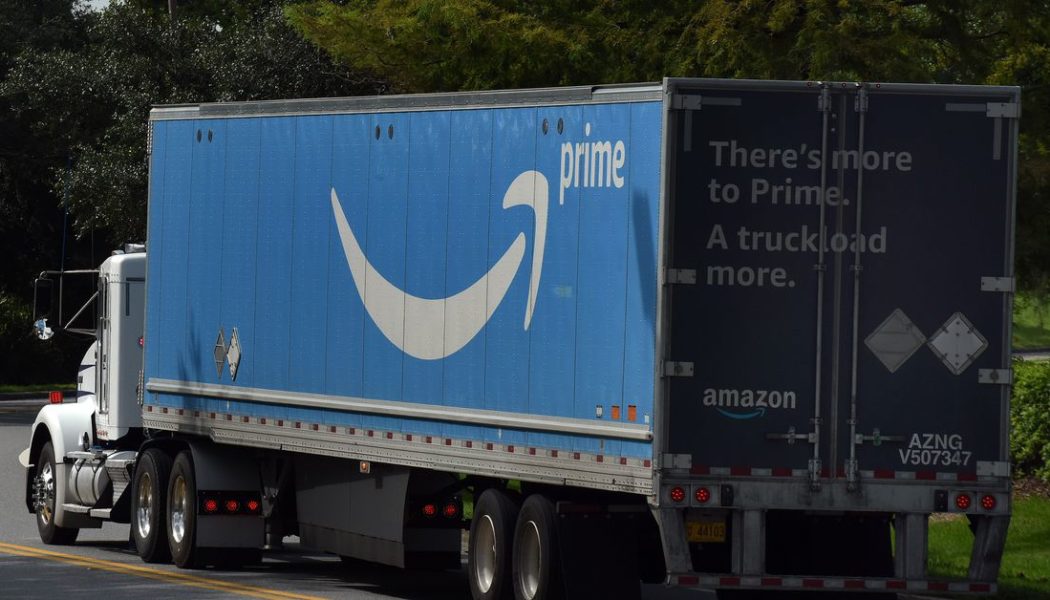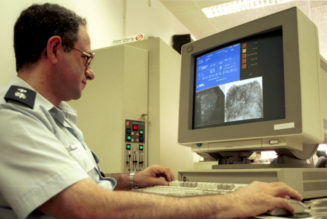
Amazon has developed electronic tracking technology for the trucks used by its partners to monitor their movement and hopefully improve driver safety, according to The Information. Electronic logging devices (ELDs) are federally required to prevent fatigue-related accidents on trucks, but now it seems Amazon will offer its partners a custom ELD offering, possibly giving Amazon direct access to a lot more data from a tool it maintains itself.
Amazon’s Relay ELD — named after the company’s Relay platform for booking delivery jobs — works by plugging hardware into the diagnostics port of trucks to directly digest information from the engine, The Information writes. It then communicates that data over Bluetooth to be logged in an accompanying app. ELDs typically track location, movement, and when a truck turns on or off, to monitor drivers’ hours. When asked, Amazon didn’t explicitly confirm that it had created its own ELD hardware. “As with many solutions, we use a third party for hardware manufacturing,” the company says.
According to The Information, Amazon’s ELD product is being offered to members of the Amazon Freight Partners Program (who often also lease trucks from the company) with the plan to have them installed in hundreds of tractor trucks by the end of the year. Amazon was able to confirm to The Information and The Verge that it had begun piloting new ELDs:
“We are actively investing in safety mechanisms across our operations and recently started piloting new electronic logging devices, which are required by the Federal Motor Carrier Safety Administration, with a select number of carriers to capture driver compliance with Hours of Service regulations.”
Amazon says that currently the new ELDs are being piloted on six tractor trucks, to monitor hours of service (HOS) compliance — basically the maximum amount of time a driver is on duty, including breaks. The company didn’t share if the data is used for anything else.
The location and movement data Amazon sees could help make sure drivers are taking rest breaks on long-distance trips, or potentially help the company make other logistics-related decisions. Previous plans that put cameras in the cabs of its delivery vans and semi-trucks have also raised questions about what kinds of Amazon monitoring go too far.
Still, an ELD seems far less invasive than a camera — and again, the ELDs would be there anyway — but it’s still a valuable piece of a larger information puzzle, for keeping drivers safe, and Amazon packages on time.









